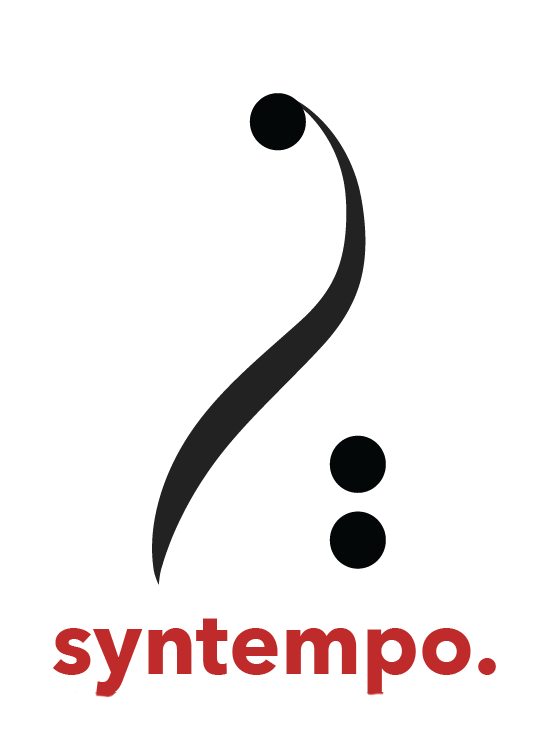The Children's Program
The late Emile Jaques-Dalcroze is known the world over as the musician who developed a method of rhythm education called Eurhythmics. Her approach has influenced most forms of music and dance education in Europe and the United States.
Elsa Finlay (1971) explains this succinctly in her book “Rhythm and Movement – Application of Dalcroze Eurhythmics” as follows:
“Rhythm is a fundamentally important element in music, without which there is no musical art. Rhythm exists everywhere in our daily life and it is the focus of the Dalcroze Eurhythmics approach”.
The function of rhythmic training is to develop the musical instinct of a child. To hold the child’s mind, heart and body in one through listening. Making the connection of the sound he hear to the voice and movement he make. Music is alive, and becomes an expression of life. When rhythmic movement meet rhythm of music, balance and beauty shall be discovered and experienced.
A child’s world are wholly sensory. His knowledge is bounded by what he sees, smells, and touches. Perception rules his domain. As the child explore the world around him, his sensory perception evokes movement responses, in which rhythms are unconsciously developed and form.
In addition to the instinctive physical rhythm capacity of a child’s world, there are aural and visual rhythmic experiences, such as the sight of a plane flying high or the clop-clop of a horse. If the child imitates the flight of the plane or the galloping horse, the original rhythmic experience is deepened.
Dalcroze Eurhythmics is to direct the child’s unaware natural rhythmic capacity to the rhythms of music. To open the child to the world of music.
When the child learns to identify his movement patterns with sound patterns, music becomes a language easily understood in his own imagination. Participating in movement activities while listening to music enhances the child’s ability to sequence sound, recognize and respond to rhythm patterns, and discriminate melodies. And the recombination of rhythmic experiences from the child’s sense memory of motor, auditory and visual experiences ignites the creative process. Rhythmic training also balance his temperament, and structure his expression into phrase and form.
In Dalcroze lessons, the use of the voice, drama plays and creative movement games of all kinds are invaluable in expanding and deepening the child’s experience of rhythm. All rhythmic experiences are presented through forms of play which are fun and joyful, so that the child’s recall is pleasurable, strong and vivid.
All in all, Eurhythmics is a unique musical education which develops the child’s rhythmic potential through the medium of his own body, which becomes, in effect, an instrument for the expression of rhythm.
Properly guided, the child can proceed step by step from simple beginnings through a series of directed rhythmic experiences until he is able to master more complicated intricacies of musical rhythm.”

